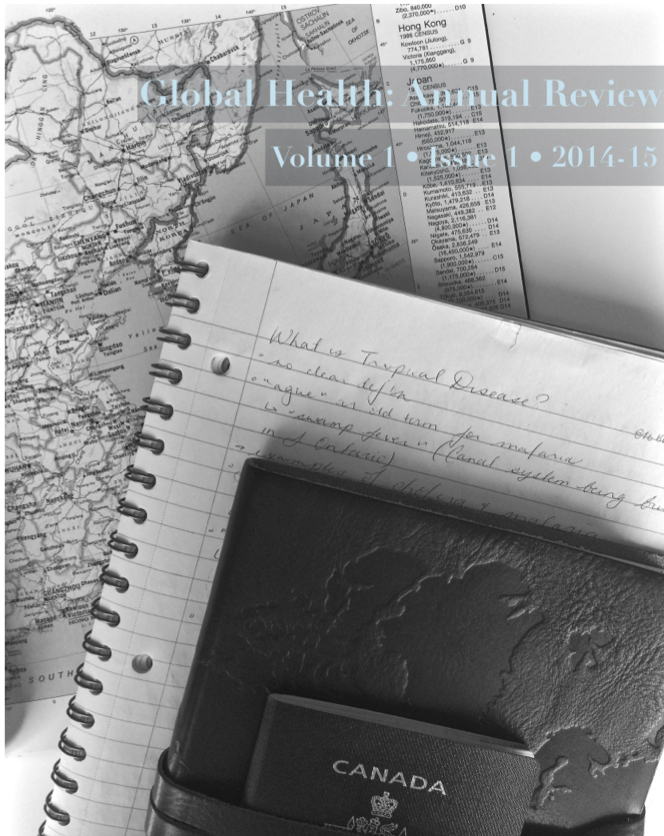Predicting Patterns of Global Variations in Electroconvulsive Therapy Utilization
Résumé
Neuropsychiatric disorders, primarily depression, represent about 14% of the overall global burden of disease (4). Despite overwhelming evidence that electroconvulsive therapy (ECT) is not only safe but is effective in alleviating many burdensome psychiatric symptoms and treating illnesses, there are notable differences in the rate at which it is used globally (2,3). The current project investigated the extent to which ECT usage rates differ worldwide and possible reasons for this difference. Results indicate higher ECT utilization is independently associated with greater availability of psychiatrists and higher levels of social progress. However, step-wise multiple regression model indicated that government expenditure on mental health explains the majority of variation in ECT usage rates worldwide (R2=0.33, p=0.006). Societal stigma against mental illness may also play a role. Both socioeconomic and political factors influence ECT utilization. Efforts to improve the accessibility of ECT from a global perspective may need to address the three-variable model.
Références
1. Lipsman N, Sankar T, Downar J, Kennedy SH, Lozano AM, & Giacobbe P. Neuromodulation for treatment-refractory major depressive disorder. CMAJ. 2014: 186(1):33–39. Available from: http://doi.org/10.1503/cmaj.121317
2. Leiknes KA, Jarosh-von Schweder L, & Høie B. Contemporary use and practice of electroconvulsive therapy worldwide. Brain Beh. 2012; 2(3):283–344. Available from: http://doi.org/10.1002/brb3.37.
3. Chanpattana W, Kojima K, Kramer BA, Intakorn A, Sasaki S, & Kitphati R. ECT practice in Japan. J ECT. 2005; 21(3):139–144.


